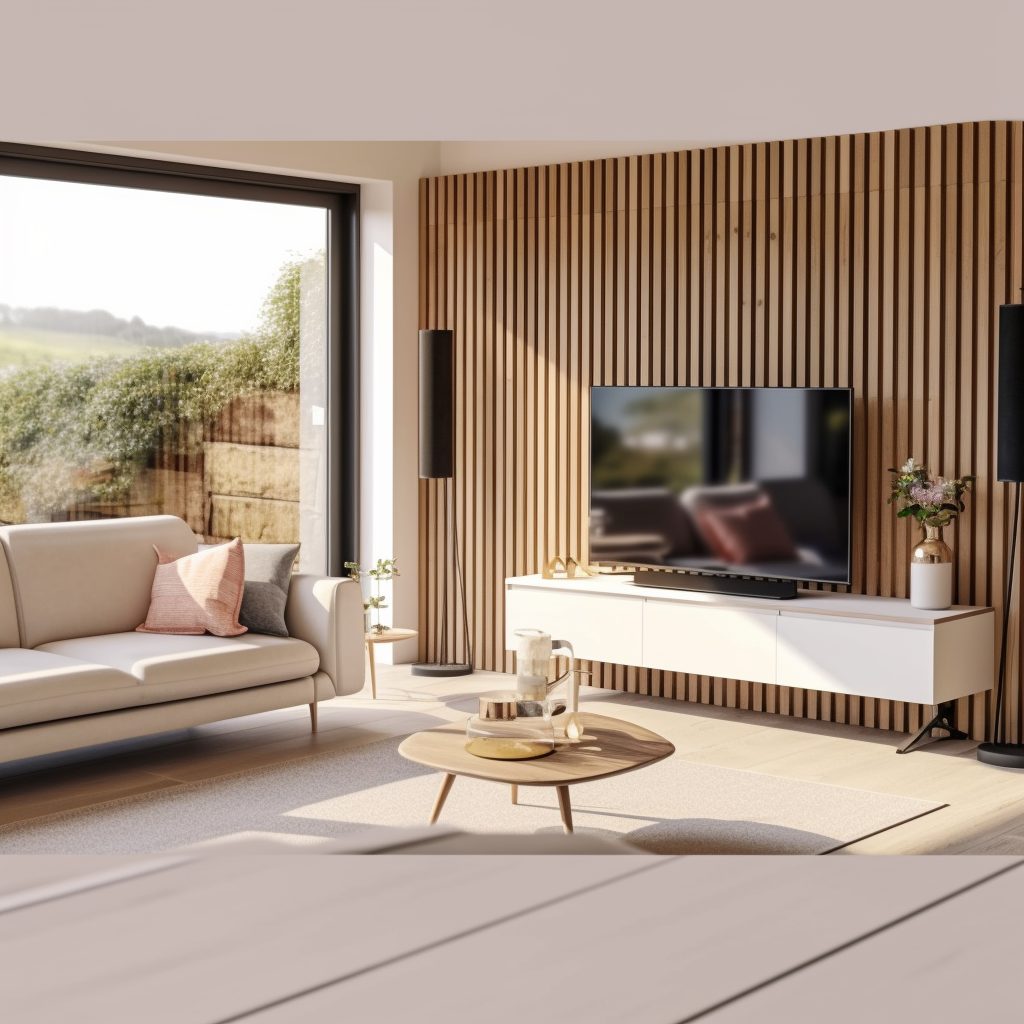Wall molding is one of the most effective ways to add depth, texture, and sophistication to your interiors. From accentuating ceilings to creating eye-catching wall panel designs, wall molding materials play a pivotal role in both aesthetics and functionality. In this blog, we’ll explore the top materials for wall molding, diving into their features, benefits, and best use cases. Whether you’re a DIY enthusiast or a homeowner looking for inspiration, this guide will help you make an informed decision.
What Is Wall Molding?
Wall molding refers to the decorative strips or panels applied to walls or ceilings to enhance their appearance. Beyond aesthetics, molding materials can help conceal transitions between surfaces, protect walls from damage, and add architectural interest.
Key Uses of Wall Molding:
- Accent Walls: Highlight specific sections of a room for a luxurious appeal.
- Ceiling Transitions: Create seamless transitions between walls and ceilings.
- Wall Protection: Shield walls in high-traffic areas from scuffs and scratches.
- Design Customization: Add dimension with creative layouts like geometric patterns or intricate designs.
Top Materials for Wall Molding
Selecting the right material is crucial when designing or upgrading your wall molding. Each material offers unique qualities in terms of durability, style, and application. Below, we’ve outlined the top choices:
1. Wood
Wood is the most popular and versatile choice for wall molding. Its natural warmth and flexibility make it ideal for a variety of styles, from rustic to modern.
Benefits:
- Durability: Long-lasting and resilient, especially hardwood varieties.
- Customizable: Can be painted, stained, or carved to match any decor.
- Eco-Friendly Options: Sustainable wood choices available.
Best Applications:
- Traditional homes with intricate designs.
- Modern interiors requiring sleek, minimalist accents.
2. MDF (Medium-Density Fiberboard)
MDF is a budget-friendly alternative to solid wood. Made from compressed wood fibers, it offers a smooth, uniform surface perfect for painted finishes.
Benefits:
- Affordability: Lower cost compared to wood while maintaining a refined look.
- Ease of Installation: Lightweight and easy to cut, shape, and install.
- Smooth Surface: Ideal for achieving a flawless painted finish.
Best Applications:
- Rental properties or spaces with budget constraints.
- Painted moldings requiring precise, smooth finishes.
3. PVC (Polyvinyl Chloride)
PVC is a durable and moisture-resistant material that’s perfect for high-humidity areas. It mimics the look of wood while being far more resistant to wear and tear.
Benefits:
- Moisture Resistance: Won’t warp or swell in damp environments.
- Low Maintenance: Easy to clean and resistant to mildew or mold.
- Durability: Withstands impact without chipping.
Best Applications:
- Bathrooms, kitchens, and basements.
- Outdoor applications where weather resistance is needed.
4. Plaster
Plaster moldings are a classic choice for ornate and intricate designs. They add a touch of timeless elegance to any space.
Benefits:
- Detailing: Excellent for intricate, hand-crafted designs.
- Fire Resistance: Provides an added layer of safety.
- Luxurious Finish: Delivers a high-end, polished look.
Best Applications:
- Historic homes or restoration projects.
- High-end interiors with custom details.
5. Metal
Metal moldings are a contemporary option, often used in industrial or modern design schemes. Their sleek and reflective properties make them stand out.
Benefits:
- Durability: Highly resistant to wear, impact, and corrosion.
- Unique Aesthetic: Adds a futuristic or industrial vibe.
- Versatile Finishes: Available in polished, brushed, or matte finishes.
Best Applications:
- Offices or urban-style apartments.
- Accent features in modern or industrial interiors.
Wall Molding Materials at a Glance
| Material | Durability | Cost | Best For | Moisture Resistance |
|---|---|---|---|---|
| Wood | High | $$$ | Classic and rustic styles | Low |
| MDF | Medium | $$ | Budget-friendly spaces | Low |
| PVC | High | $$ | High-humidity areas | High |
| Plaster | Medium | $$$ | Custom and ornate designs | Medium |
| Metal | High | $$$$ | Modern and industrial looks | High |
Tips for Choosing the Right Wall Molding Material
- Consider Your Environment: High-humidity areas demand moisture-resistant materials like PVC.
- Budget Wisely: MDF and PVC are cost-effective alternatives to wood or plaster.
- Match the Aesthetic: Let your room’s decor guide your material choice for a cohesive look.
- Evaluate Durability Needs: High-traffic areas may benefit from tougher materials like PVC or metal.
FAQ: Wall Molding Materials
1. What is the easiest material to install for wall molding?
MDF is the easiest to install because it is lightweight, easy to cut, and smooth, making it ideal for DIY projects.
2. Which material is best for high-humidity areas?
PVC is the best choice for high-humidity areas as it is water-resistant and won’t warp over time.
3. How do I choose between wood and MDF for wall molding?
Choose wood for a high-end, customizable look. MDF is better for budget-friendly projects or painted designs.
4. Can wall molding increase home value?
Yes, installing wall molding can enhance your home’s visual appeal and market value by adding a sense of sophistication.
5. Is metal molding hard to maintain?
No, metal moldings are low-maintenance and resistant to scratches, dents, and corrosion.
Wall molding transforms ordinary spaces into extraordinary ones, offering both aesthetic and functional benefits. By understanding the unique properties of each material, you can select the best option for your project, ensuring a stunning result that stands the test of time.








